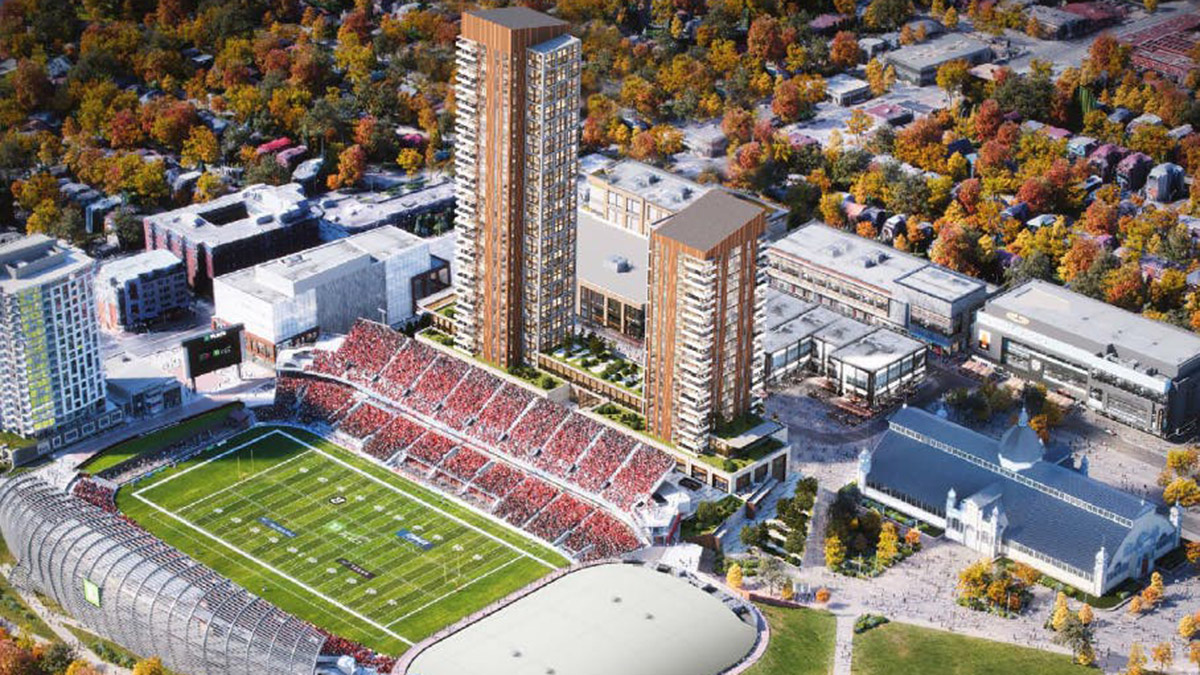City councillors at a finance and corporate services committee on Tuesday debated how the city should close a projected $10.8-billion infrastructure gap over the next 10 years.
As required under provincial legislation from 2017, the city presented asset management plans across 12 infrastructure areas, including drinking water, transportation and solid waste services, creating a “snapshot” of the projected deficit.
“We think of this like a house inspection, but for the city’s $90-billion portfolio of assets,” said Susan Johns, the director of asset management services, in delivering the report to councillors.
The report rated infrastructure on a five-point scale from very good to very poor. Johns said the gap could be attributed to aging infrastructure, the need to address the realities of climate change and increasingly expensive renewal costs.
The committee also heard a breakdown on proposed financing for rate-supported water, wastewater and stormwater services. The long-range financial plan revealed a projected $169-million gap between actual and projected funding until 2035.
To address the gap, staff proposed increasing water rate fees and expanding the city’s debt authority, effectively increasing the amount of money the city has permission to borrow. This would accumulate to $1.7 billion of new debt on top of an existing base of $3 billion, said deputy treasurer Isabelle Jasmin.
‘Is the message not that we’re going to go off a cliff when it comes to services that people rely on here, unless we start to rein in the type of decision-making that’s been made around this table?”
— Capital Coun. Shawn Menard
On rate increases, for the average residential property owner, this would translate to paying $5 more in water fees per month.
Capital Coun. Shawn Menard pointed out that the city’s debt has grown exponentially over the last decade. The city had $824 million in net debt in 2010, which grew to $1.7 billion by the end of 2016. That amount has nearly doubled again in the past nine years.
“Is the message not that we’re going to go off a cliff when it comes to services that people rely on here, unless we start to rein in the type of decision-making that’s been made around this table?” said Menard.
Ottawa Mayor Mark Sutcliffe was less critical of proposed debt increases, pointing out that the city’s assets, like the LRT, have grown along with its debt.
“We’re using debt to pay for long-term investments in assets that will generate benefits to the community for many, many years to come,” he said.
Carolyn Mackenzie, an independent consultant who spoke as a public delegate to the committee, said the city needs to address its infrastructure crisis in the urgent way Toronto Mayor Olivia Chow described that city’s $26-billion infrastructure gap in 2024 as assets “falling apart, literally in front of our eyes.”
Mackenzie asked committee members: “Are we really describing a backlog of almost $11 billion as ‘measured?’ “
Mackenzie also criticized the asset management plans for lacking granular, open-access data on how each infrastructure item’s rating was generated.
James Murchis, a member of the municipal advocacy group Strong Towns Ottawa, addressed councillors on the long-range financial water plan. He emphasized that the vast majority of water and sewer infrastructure renewal projects have been occurring within the area of the city that was developed before the Second World War. However, he said, demand for renewal in the areas where the city sprawled in the post-war decades — Ottawa’s suburbs — is going to hit soon.
“The decisions we’re making on this small little area of infrastructure . . . is a very small piece of a much bigger problem that’s coming down the road,” he said.
Committee members unanimously voted to send the issue to full council on June 11, but budget-themed tensions didn’t end there.
Lansdowne 2.0 referendum debated
The four-and-a-half-hour-long committee meeting was almost prolonged further when Kanata North Coun. Cathy Curry made the case that concerns expressed in a motion advanced Menard about the next phase of development at Lansdowne Park were time-sensitive and required an urgent vote before the committee’s next meeting on June 30. Otherwise, she argued, the development process could be thrown into disarray.
Curry said the Menard motion, titled Giving Residents of Ottawa a Vote on Lansdowne — a proposed referendum on the “Lansdowne 2.0” redevelopment in the 2026 municipal elections — could compromise the city’s ongoing procurement process.
City staff agreed, adding that it could deter construction companies from getting involved in the project.

“We have to deal with this right away,” Curry said.
But after a 9-3 vote that would have added the item to Tuesday’s agenda, Menard withdrew his motion altogether.
“It keeps the question alive about whether residents get a say or not on Lansdowne 2.0 in the future,” he said to reporters after the meeting.
Here, below, is the complete list of the city’s new asset management plans available to the public:
- Drinking water services
- Stormwater services
- Transportation services
- Wastewater services
- Community and social services
- Emergency and protective services
- Government services and information technology
- Greenspace and forest services
- Recreation and cultural services
- Solid waste services
- Transit services
- Library services
- Comprehensive asset management policy




